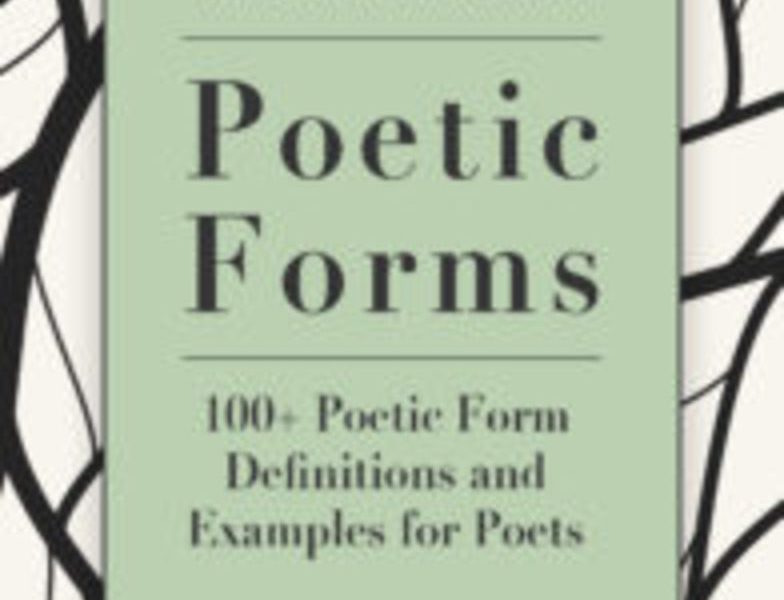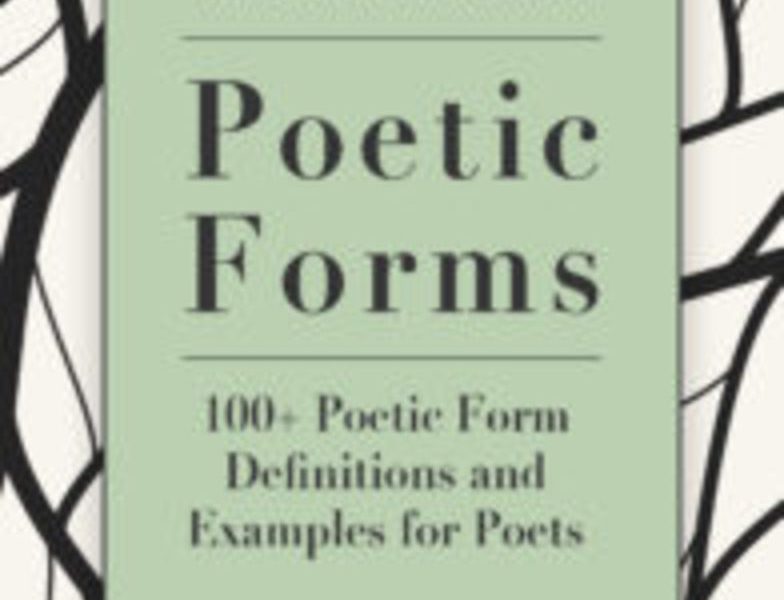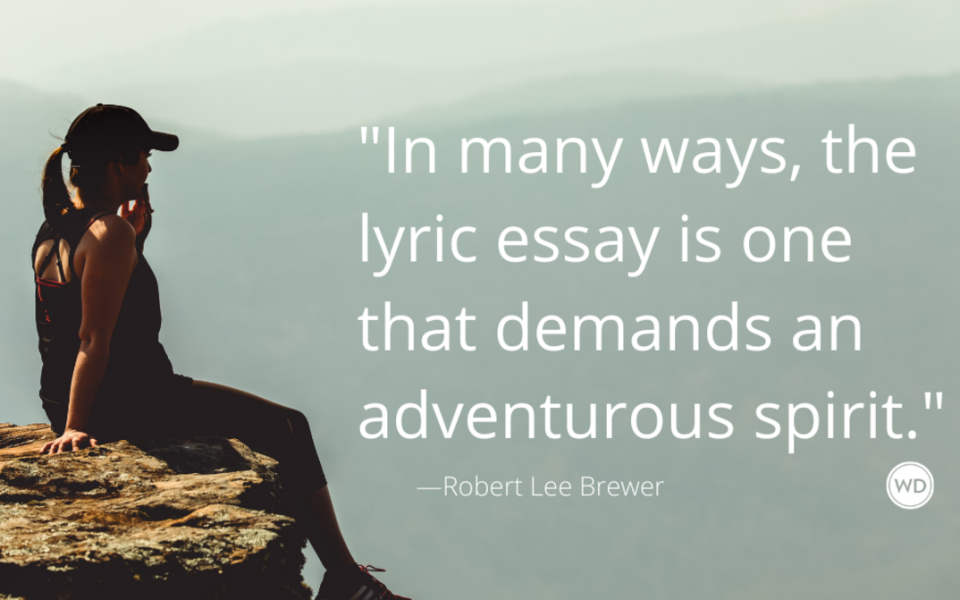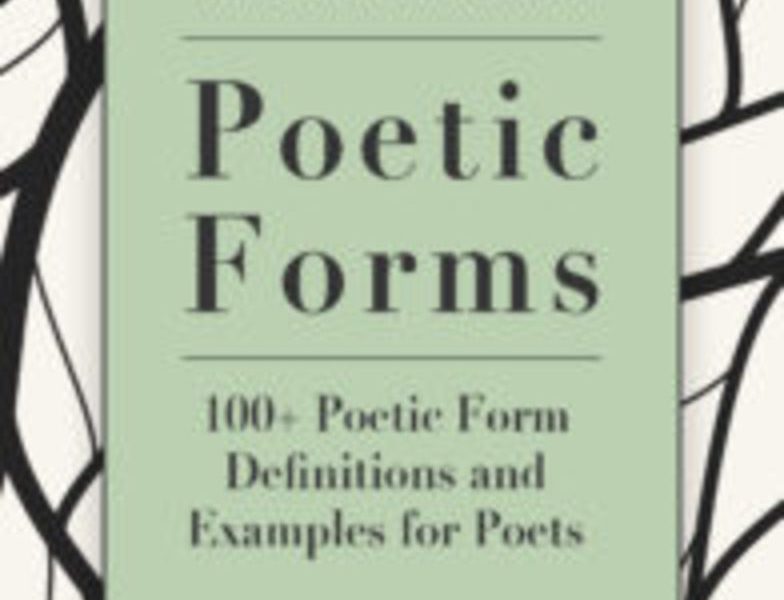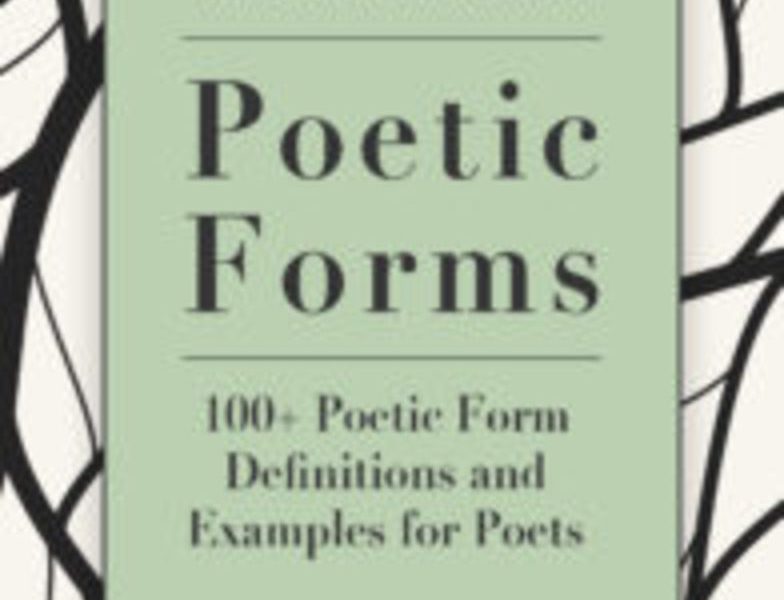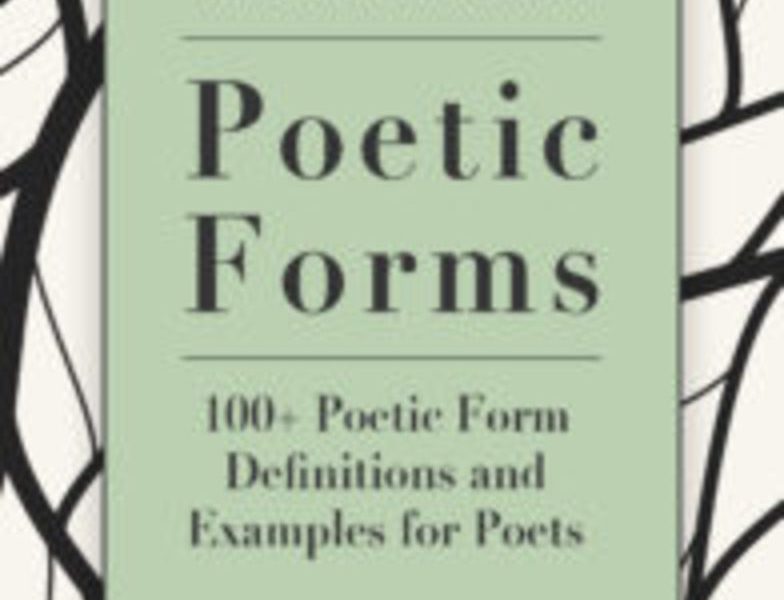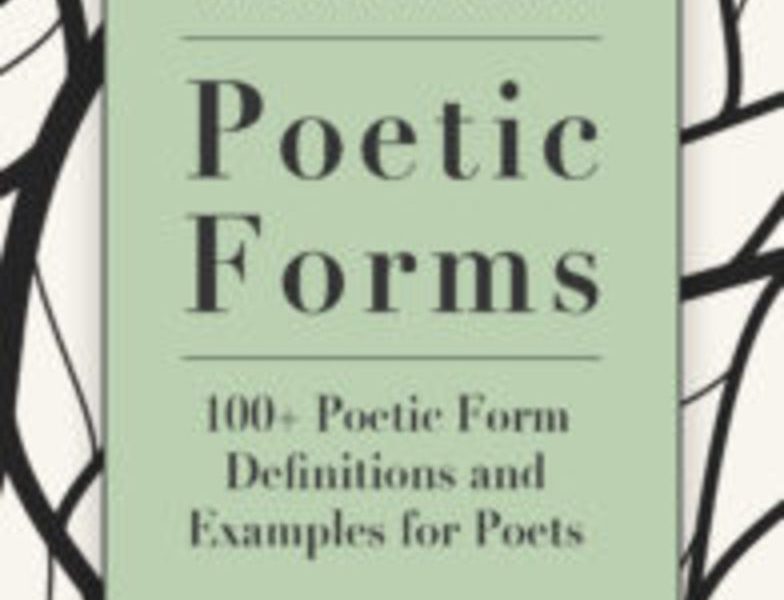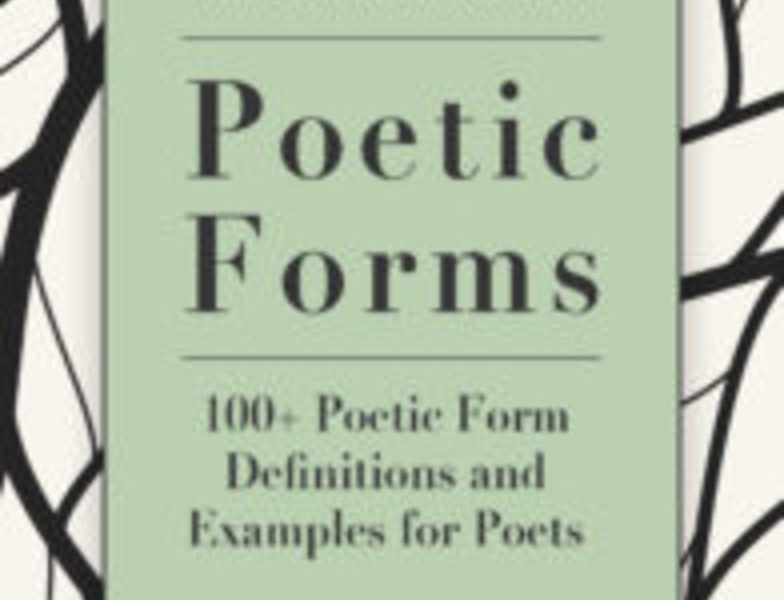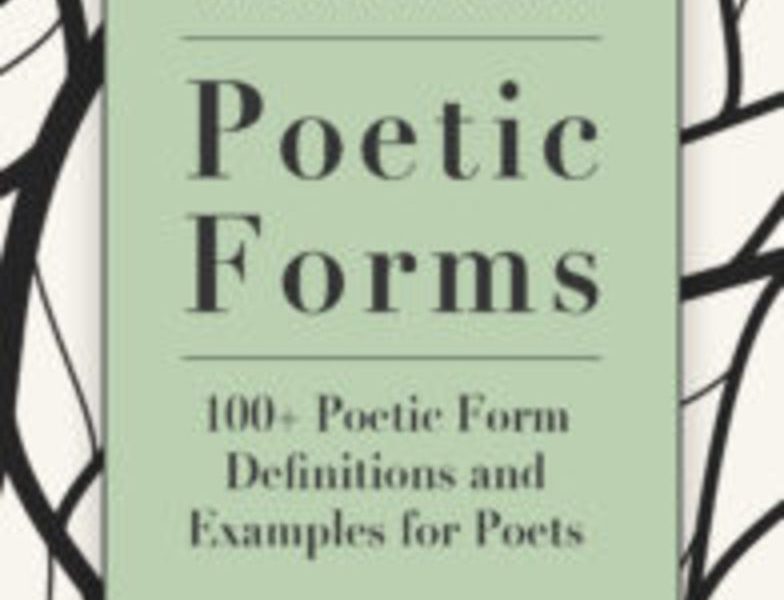poetic forms / 14 posts found
WD Poetic Form Challenge: Chanso Winner
Here are the results of the Writer’s Digest Poetic Form Challenge for the chanso along with a Top 10 list. You can check out all the chanso entries in the comments on this post. Click here at any time to see what current WD Poetic Form Challenge we’re running. We’re currently running one for the kimo. Here is the winning chanso: “The Waking of a Tree,” by R. E. Wu The woods were still in slumberWhen I took a winter tryst,With powder-dusted umberTwining through the snowy mistOf scattered snowflakes falling,Falling slowly through their midst. Above, the somber branchesStretched and murmured, all […]
WD Poetic Form Challenge: Kimo
I’m hoping to announce the winner of the chanso WD Poetic Form Challenge within the next week, but let’s go ahead and start another new poetic form challenge. This time around, we’ll write the kimo, an Israeli three-liner. Find the rules for writing the kimo here. So start writing them and sharing here (on this specific post) for a chance to be published in Writer’s Digest magazine–as part of the Poetic Asides column. Note on commenting: On this new site, you have to set up a free Disqus account and then scroll to the bottom of this page (or any […]
What Is a Lyric Essay in Writing?
I saved the lyric essay for April, because April is poetry month, and the lyric essay is a little more on the poetic and experimental side of creative nonfiction writing. In fact, most places that talk about the lyric essay reference poetry. Does that mean only poets can write the lyric essay? Well, that’s one of the topics we’ll address here. (What Is a Personal Essay in Writing?) In this post, we’re going to look at what a lyric essay is, including what makes it different from other types of essays and when writers may prefer to use this style. […]
Wordy 30: Poetic Games
I’m going to be honest; I’m between poetic forms at the moment, and I’m getting ready for this year’s April Poem-A-Day Challenge. But I want to try playing a little poetic game this week. You see, I’ve been playing Wordle the past couple months, trying to guess a five-letter word in 6 guesses (or 30 letters). So I thought it might be fun to try writing a poem in 30 letters. Here’s how it would work: Write a poem using exactly 30 letters Each line should have the same number of letters Each line should use one word As such, […]
Abecedarium (or Abecedarius): Poetic Forms
The rules for the abecedarium (or abecedarius) are pretty simple. It’s an acrostic form that uses a different letter of the alphabet, in order, for the beginning of each line. Also, may also fall under the umbrella of alphabet poetry. ***** Play with poetic forms! Poetic forms are fun poetic games, and this digital guide collects more than 100 poetic forms, including more established poetic forms (like sestinas and sonnets) and newer invented forms (like golden shovels and fibs). Click to continue. ***** Here’s my attempt at an Abecedarium poem: “Basic,” by Robert Lee Brewer An acrostic poembegins with letterscreating […]
WD Poetic Form Challenge: Seadna Winner
Here are the results of the Writer’s Digest Poetic Form Challenge for the seadna along with a Top 10 list. You can check out all the seadna entries in the comments on this post. Click here at any time to see what current WD Poetic Form Challenge we’re running. We’re currently running one for the chanso. Here is the winning seadna: “YEAST,” by Pamela L. King Fairies visit the old vineyard,vaulting in colorful capes.Before fleeing for the garden,they shake dust on golden grapes. Golden grapes mashed in oak barrelsbegin the journey to wine.The vintner smiles with fey visageas he tends […]
Englyn Unodl Union: Poetic Forms
I thought I was done with the englyn, and it’s various variations, but alas, here’s one more. The englyn unodl union is like the englyn unodl crwca, except it flips the first two lines with the second two lines. As such, here are the guidelines for the englyn unodl union: Poem comprised of quatrains (or four-line stanzas) First two lines have seven syllables First line has 10 syllables Second line has six syllables Last two lines have seven syllables All lines share the same rhyme at the end, except for the first line which features the rhyme near the end […]
Hainka (Haiku and Tanka): A New Genre of Poetic Form
I feel poetry is a way of planting or rejuvenating new trees from the aesthetic old seeds, thus the poetic endeavor of experimentation and newness. I had coined the idea, precisely on the day 21st March 2016, of the fusion version of ‘haiku and tanka.’ Later the linking and repetition of the ‘fragment’ of the haiku as the ‘pivot line’ (kakekatoba) of the following tanka and its literary relevance have been conceived in the evolvement of this new genre, hainka. The new form of poetry was well appreciated by Hedonori Hiruta, Jim Kacian, Garry Eaton, Ion storr, Mohammad Helmi Al-Rishah, […]
WD Poetic Form Challenge: Chanso
(Editor’s note: I’ve made a slight change to how people can enter poems below. If you enter via email, please follow the subject line guidelines, or I may very well delete your entry without reading it.) I’m hoping to announce the winner of the seadna WD Poetic Form Challenge next before the end of the month, but let’s go ahead and start another a new poetic form challenge. This time around, we’ll write the chanso, a variable French form. Find the rules for writing the chanso here. So start writing them and sharing here (on this specific post) for a […]
Constanza: Poetic Forms
This week’s poetic form is the constanza. It’s a fun form comprised of at least five tercets (or three-line stanzas) that was invented by Connie Marcum Wong. Here are the guidelines: Five (or more) tercets Eight syllables per line First line of each tercet can be read as its own poem First lines of each tercet all share the same A rhyme Second and third line of each tercet share a rhyme and add a deeper meaning to the entire poem If your constanza is comprised of five tercets, this would be the rhyme pattern: abb/acc/add/aee/aff ***** Play with poetic […]

